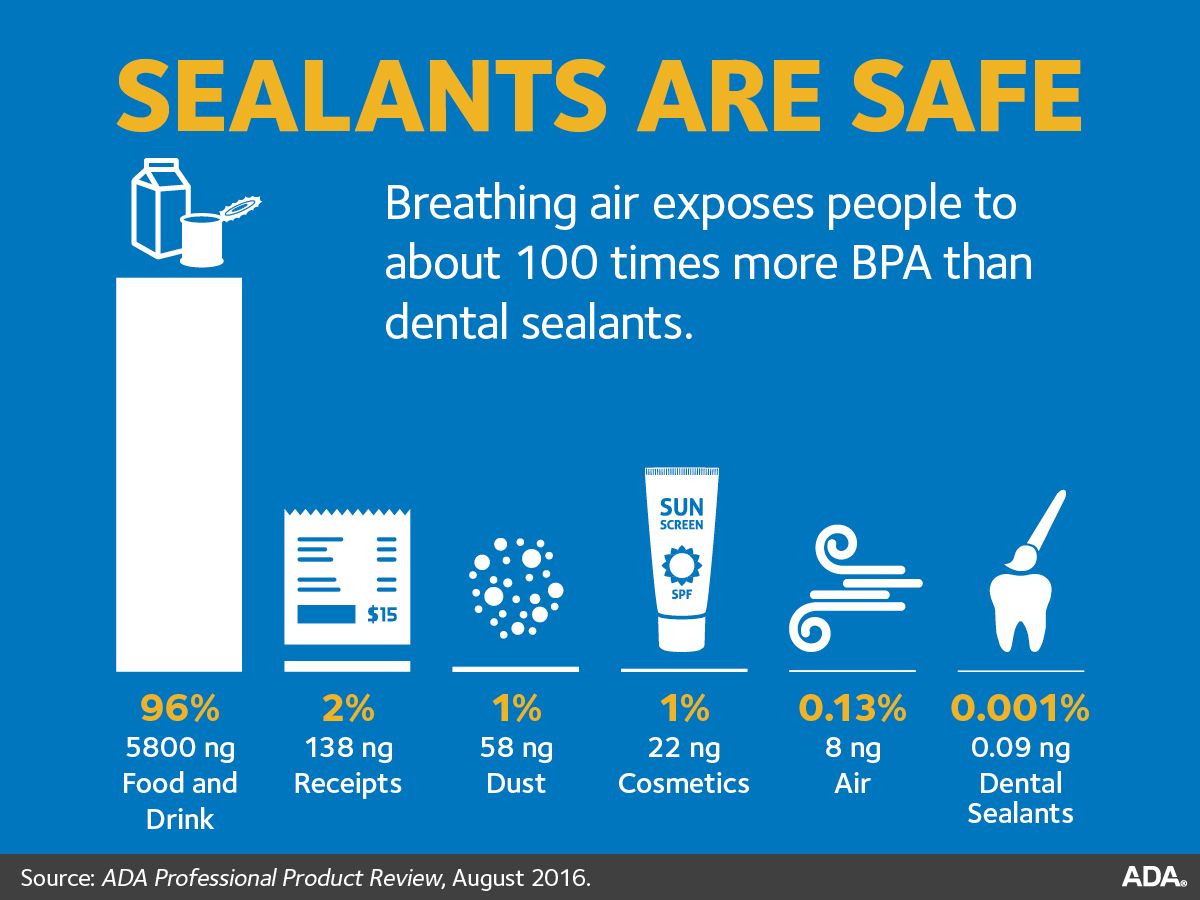5 Facts About Dental Sealants
Taking good care of your teeth and preventing dental issues is the best method for maintaining oral health. Because of this, general dentists actively promote preventative cleanings, checkups, and healthy home care routines. Most people recognize the benefits associated with these types of preventative surfaces and do their best to maintain these cleanings, checkups, and daily hygiene habits.
However, fewer people are aware of another common preventative dental treatment called dental sealants. To help you learn more about dental sealants are and how they are used to benefit patients, here are five essential facts about dental sealants:
1. Seal the Tooth
Just as their name suggests, dental sealants can effectively seal the tooth in order to protect it from damage. They are most commonly applied to the highly textured chewing surfaces of molars. Once painted over the tooth, they are hardened in place to act as a barrier between the tooth enamel and plaque. This prevents plaque from accumulating in this hard to reach place and decreases the chances of developing tooth decay.
2. Prevents Cavities
Dental sealants have been found to be highly effective at preventing cavities when applied to the molars. In the first two years after application, dental sealants have been found by both the American Dental Association and the Centers for Disease Control and Prevention to reduce the risk of cavities by 80%. The CDC further notes that even after two years, dental sealants continues to reduce the risk by 50% until year four.
3. Helps Certain Patients
Dental sealants are especially beneficial to certain patients such as children, the elderly, or those with mental or physical impairments that affect their dental routine. Although all the groups have their differences, the common factor is that they may struggle with properly caring for the molars in the back of their mouth. Using dental sealants can help maintain their oral health despite this.
4. Different Variations
There are also different variations of dental sealants. These variations are based on the material used to produce the sealant. Dental sealants can be made from glass ionomer cement, resin modified glass ionomer cement, composite resin, and polyacid modified composite resin. Additionally, sealants can be clear, white, or customized to the natural tooth color depending on the material that it is produced from.

5. Safe Treatment
Although some people have expressed concern over the BPA levels in dental sealant materials, the Canadian Dental Association considers dental sealants to be entirely safe for their intended use. Currently, Canada has only banned materials with BPA in baby bottles and infant formula cans. This is because heating these products increases the amount of BPA to possibly dangerous levels. This does not happen with dental materials, and the amount of BPA contained in dental sealants is less than one is exposed to by breathing air.
As you can see, by sealing the tooth and preventing cavities, dental sealants can be highly beneficial for dental patients. They also are produced with a variation of materials and colors that are considered safe by several prominent organizations. The next time you visit your general dentist for your regular teeth cleaning, you may want to ask them more about dental sealants and your oral health.
Dr. Claudia Wood
Dr. Claudia Wood completed her dental training at University of Detroit Mercy Dental School. She has worked in Detroit, Gross Point and Warren Michigan for two years. She returned home to Canada in 2006 where she worked with Dr. Trevor Mair in Scarborough from 2006 to 2011.
Her clinical experience includes two years working at Detroit Receiving Hospital, one of the busiest hospitals in the U.S., and volunteering in Haiti in 2006 for 10 days.






